Detroit has always had money. Old money, new money, and the kind that shows up in limestone façades, leaded-glass windows, and lawns that take an afternoon to cross. If you think you already know which neighborhood tops the list, you might be surprised. Below are Detroit’s five richest neighborhoods based on 2025 sales and today’s market reality, with real context for families and savvy locals who want the full picture.
How this list was built
This ranking reflects current 2025 sales activity and on-the-ground pricing, supported by each neighborhood’s historic cachet, lot sizes, and the kind of architectural pedigree that holds value through market cycles. It is not a census of household incomes. Think of it as a trusted snapshot of where Detroit’s highest-value homes cluster, right now.
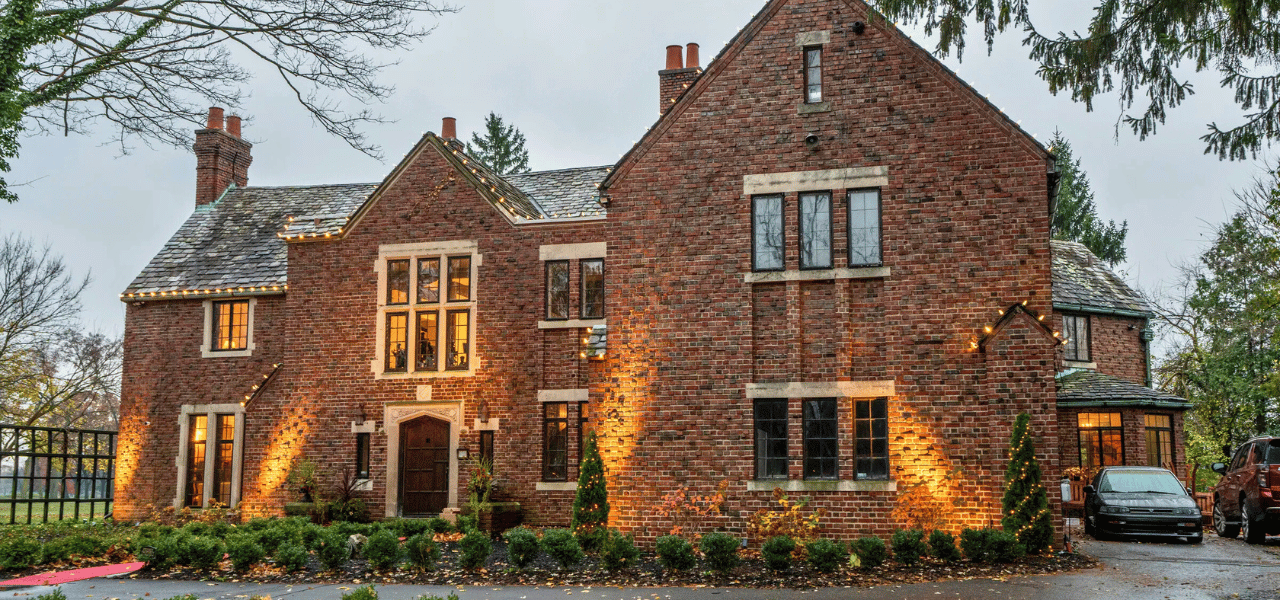
5) University District
Average 2025 sale price: about $482,000
Sitting between two of Detroit’s strongest storylines, the University District enjoys the cultural gravity of University of Detroit Mercy to the south and the green calm of the Detroit Golf Club to the east. Bounded by Seven Mile to the north, McNichols to the south, Livernois to the west, and the Golf Club to the east, it is one of the city’s best-positioned neighborhoods.
Walk the streets and you’ll see why prices keep climbing. The housing stock is a catalog of the golden age of homebuilding, heavy on Tudor Revival with strong showings of Colonial, French, and Spanish Revival. Interiors often feature original plasterwork, fireplaces, Pewabic tile, and those paneled libraries buyers ask for by name.
The neighborhood also benefits from the revitalized Avenue of Fashion on Livernois, where streetscape improvements delivered wider sidewalks, protected bike lanes, and the café-friendly feel that makes a Saturday errand turn into an afternoon. That visibility and foot traffic continue to support nearby residential values.
Quick profile
-
Where: Seven Mile, McNichols, Livernois, Detroit Golf Club
-
Why it holds value: 1920s–30s craftsmanship, central location, university and retail adjacency
-
Who will love it: Families who want tree-lined streets and character homes near campus and golf
For a data-backed look at this area, see our University District market guide
4) Indian Village
Average 2025 sale price: about $548,000
Indian Village is Detroit’s East Side grande dame. Stretching along Burns, Iroquois, and Seminole between East Jefferson and Mack, the district is on the National Register and known for century-old estates designed by some of Detroit’s best architects, including Albert Kahn and Louis Kamper.
The neighborhood’s current headline is a showstopper on Iroquois: the 1915 Louis Kamper mansion that replicates the Marquis de Lafayette’s Parisian summer townhouse. Recently offered around $1.9 million, it is a rare personal residence by Kamper and a reminder that Indian Village still sets the standard for historic luxury inside city limits.
Beyond the marquee listings, Indian Village’s value comes from scale and stewardship. Many homes top 6,000 to 10,000 square feet, often with carriage houses, and the neighborhood association keeps a full calendar of tours and events that encourage ongoing preservation.
Quick profile
-
Where: Burns, Iroquois, Seminole, from Jefferson to Mack
-
Why it holds value: Architectural pedigree, large lots, active historic stewardship
-
Who will love it: Buyers seeking statement architecture, grand rooms, and East Side proximity to the river
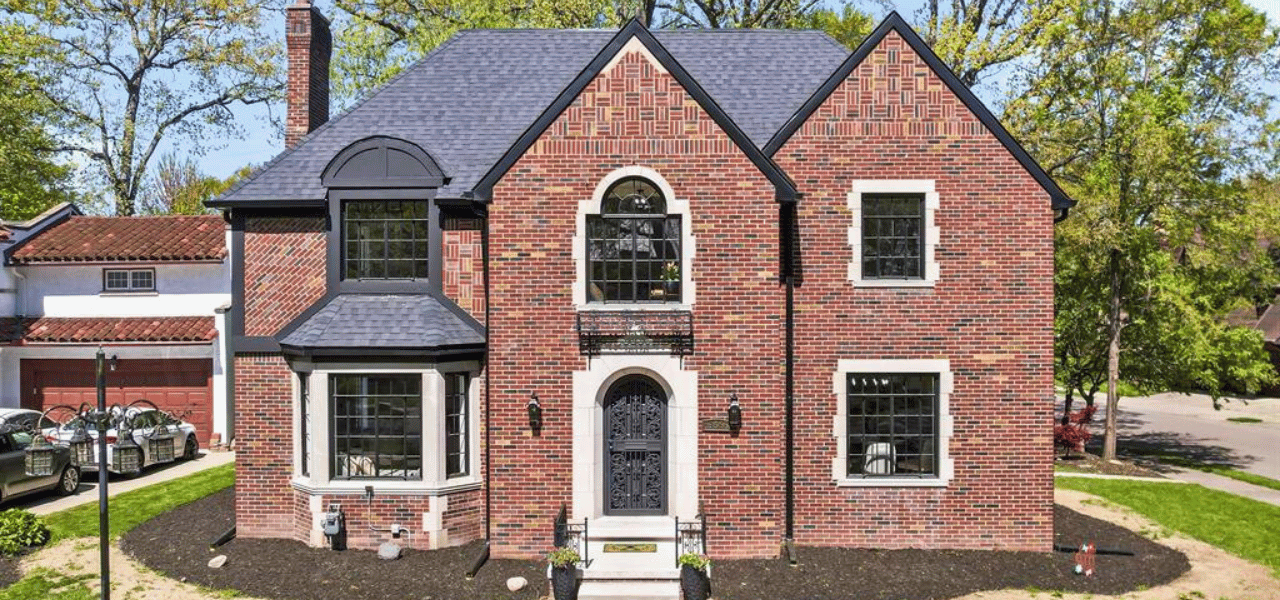
3) Sherwood Forest
Average 2025 sale price: about $553,000
Sherwood Forest brings quiet wealth to the northwest side. Platted beginning in 1917 and built largely during the late 1920s and 1930s, the neighborhood is bounded by Seven Mile, Livernois, Pembroke, and Parkside, with about 435 homes arranged on leafy, walkable blocks.
The housing mix reads like a greatest hits album of interwar Detroit: brick Tudors, stately Colonials, and custom details you only find when a city is flush with skilled trades. It sits next to the Avenue of Fashion and just north of the University District, which makes it a sweet spot for buyers who want space, quiet, and quick access to restaurants, bakeries, and cafés.
Quick profile
-
Where: Seven Mile, Livernois, Pembroke, Parkside
-
Why it holds value: Historic district protections, elegant 1920s–30s housing stock, retail adjacency
-
Who will love it: Move-up buyers who want classic architecture with a neighborhood feel
2) Boston–Edison
Price profile: homes from the $400s into the multi-millions
If luxury to you means history with a capital H, Boston–Edison is Detroit. The district covers 36 blocks and 900-plus homes on West Boston, Chicago, Longfellow, and Edison, running from Woodward to Linwood. Notable residents have included Henry Ford and leaders across business, labor, medicine, and the arts, which gives the neighborhood both provenance and presence.
The current crown jewel is the Sebastian S. Kresge Mansion at 70 West Boston. Built in 1914 for the founder of the Kresge stores that later became Kmart, the property spans nearly four acres, includes two carriage houses with apartments, and offers more than 15,000 square feet of living space. It recently closed at $2.125 million, underscoring how deeply collectors value signature homes in this district.
Quick profile
-
Where: Boston, Chicago, Longfellow, Edison from Woodward to Linwood
-
Why it holds value: Scale, storied residents, architectural range from Arts and Crafts to Revival styles
-
Who will love it: Buyers who want a legacy property and a neighborhood that feels like a living museum
Get a quick orientation to Boston–Edison and its neighboring districts here
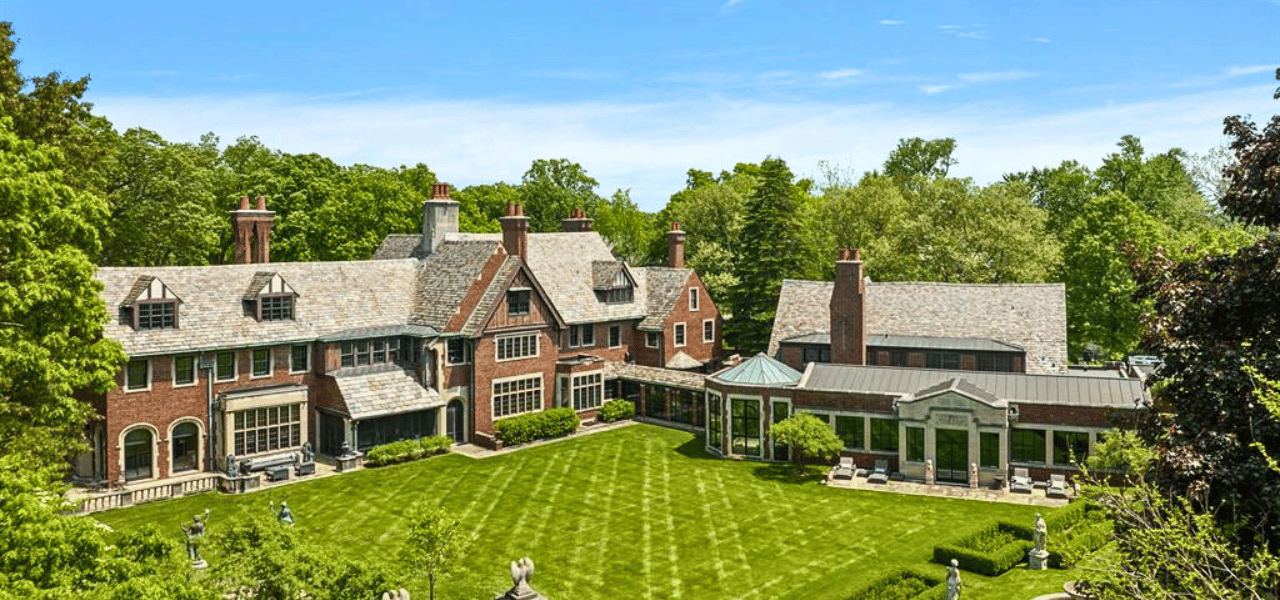
1) Palmer Woods
Average 2025 sale price: about $733,000
Palmer Woods takes the top spot, and if you know the neighborhood, that will not shock you. Designed in 1915 with a curvilinear plan by landscape architect Ossian Cole Simonds, Palmer Woods covers roughly 188 acres with about 295 estate homes tucked into a wooded, park-like setting just north of Seven Mile and west of Woodward. The effect is immediate: quiet streets, deep setbacks, and lot sizes that make Detroit feel like the countryside.
Architecturally, the roster is blue-chip. Colonial Revival and Tudor Revival dominate, with signatures by Detroit greats and even a single Frank Lloyd Wright residence, the Dorothy H. Turkel House, completed in 1956 on West Seven Mile.
Palmer Woods neighbors the Detroit Golf Club and sits minutes from Palmer Park’s trails and fields, which further amplifies lifestyle value. The combination of estate-sized lots, prestige addresses like Balmoral and Strathcona, and rarely available trophy properties is why Palmer Woods consistently leads Detroit on price.
Quick profile
-
Where: North of Seven Mile, west of Woodward
-
Why it holds value: Estate lots, landscape design, architectural pedigree, proximity to golf and parkland
-
Who will love it: Buyers seeking privacy, presence, and the feel of a private enclave inside the city
Curious about Palmer Woods’ Frank Lloyd Wright home? Here’s the full Turkel House backstory
Pinnacle properties that tell the story
- Indian Village, 2150 Iroquois: Louis Kamper’s own mansion, a 1915 Neo-Renaissance showpiece modeled after a Parisian townhouse associated with the Marquis de Lafayette. It stands as a case study in how provenance can push values toward two million and beyond.
- Boston–Edison, 70 W Boston: The Kresge Mansion’s acreage and carriage houses set a rare benchmark for urban estates, proving the market for blue-chip historic properties is very real.
- Palmer Woods, broader mix: From grand Tudors to the city’s only Frank Lloyd Wright, the neighborhood’s range is unmatched in Detroit’s city limits.
What to consider if you are buying in these neighborhoods
- Understand the era - Homes from the 1910s through the 1930s were built when craftsmanship was abundant. Expect thick plaster, original windows, and tilework worth preserving. Plan for modern system upgrades that respect that fabric.
- Value is hyperlocal - On these streets, one block can swing your value by six figures based on lot depth, orientation, and proximity to a marquee home or parkway. That is where local expertise pays for itself.
- Historic guidelines matter - Indian Village, Sherwood Forest, Boston–Edison, and Palmer Woods all enjoy historic status and active neighborhood associations. That protection supports long-term value and can shape exterior projects.
- Lifestyle is part of the ROI - University District and Sherwood Forest benefit from the Avenue of Fashion’s cafés and boutiques. Palmer Woods leverages the Detroit Golf Club and Palmer Park. Indian Village leans into long-running home and garden tours. Those patterns draw stable demand.
Neighborhood-by-neighborhood cheat sheet
University District
-
Tudor-led mix with 1920s detail; near U of D Mercy and Detroit Golf Club
-
Streetscape and small-business energy along Livernois
-
Good fit for families who want character and convenience
Indian Village
-
National Register district with Kahn and Kamper homes
-
Annual tours and active garden clubs promote stewardship
-
East Side location close to Jefferson and the riverfront
Sherwood Forest
-
About 435 homes, most built in the late 1920s and 1930s
-
Historic protections and adjacency to Avenue of Fashion
-
Calm streets, strong community identity
Boston–Edison
-
36 blocks, 900-plus homes, famous former residents
-
Signature estates like the Kresge Mansion anchor values
-
Central location just north of New Center
Palmer Woods
-
188 acres, roughly 295 homes on curving, landscaped streets
-
Estate lots, FLW’s Turkel House, and Golf Club nearby
-
Consistently the city’s price leader
If you want space, story, and stability inside Detroit’s city limits, these five neighborhoods deliver. The trick is knowing the nuance on each block, reading the renovations correctly, and pairing a home’s architecture with your family’s actual lifestyle. That is where expert guidance saves you time, money, and headaches.
Thinking about a move or a long-term hold in Detroit’s luxury market? Reach out for a private tour, current comps, and a strategy that matches your goals. Whether you are buying your first historic home or stepping up to an estate property, the right plan makes all the difference.
DON'T KEEP US A SECRET - SHARE WITH A FRIEND OR ON SOCIAL MEDIA!
THINKING OF MOVING TO Metro Detroit, OR LOOKING TO RELOCATE IN THE AREA? VIEW A LIST OF CURRENT HOMES FOR SALE BELOW.
Metro Detroit Homes for Sale
The Perna Team and Michael Perna are the best real estate agents in Metro Detroit and Ann Arbor. The Perna Team and Michael Perna have been hired as a real estate agent by hundreds of home owners to sell their homes in Metro Detroit and Ann Arbor.
The Perna Team were steady, responsive, and genuinely supportive from beginning to end. If you're buying or selling a home anywhere in Metro Detroit, Noah is the kind of agent who shows up with professionalism, care, and your best interest at heart.
Posted by Michael Perna on
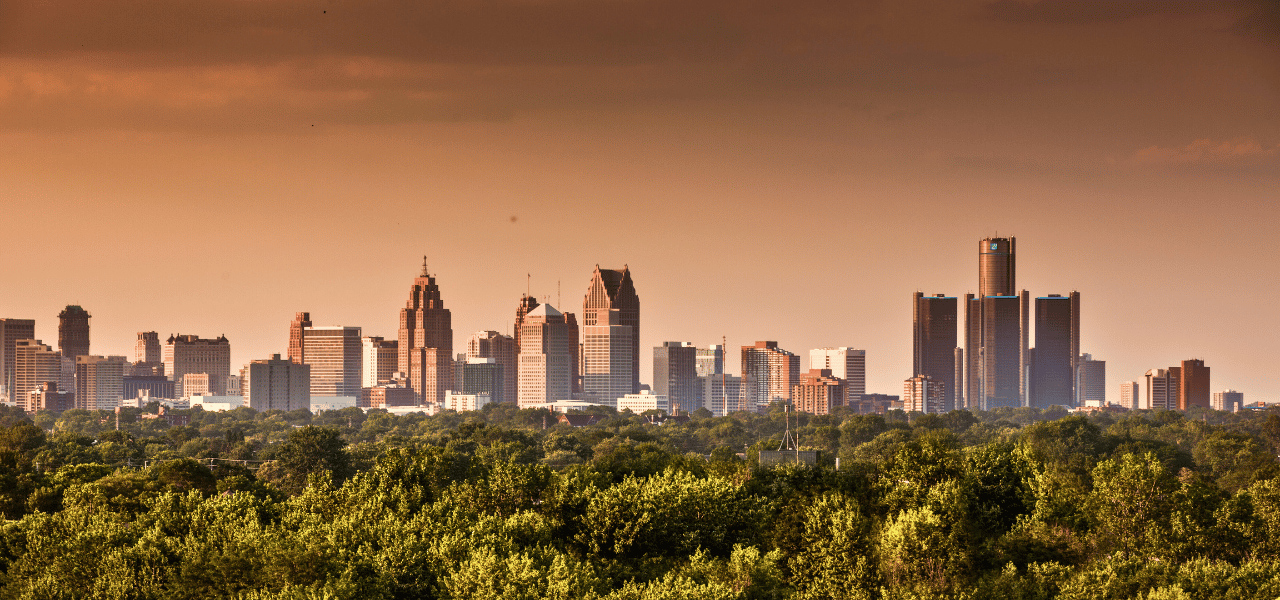



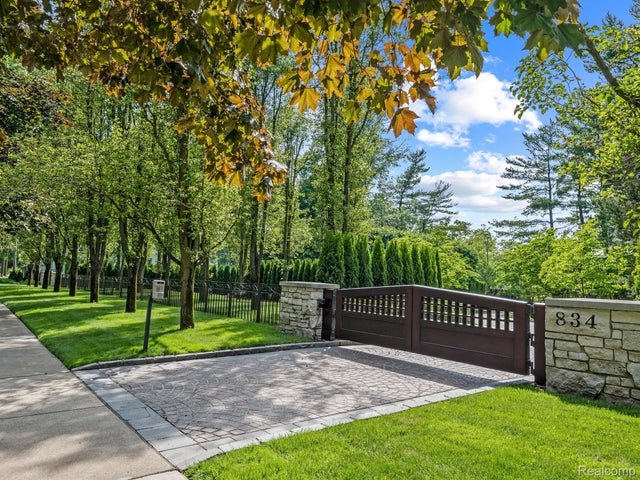
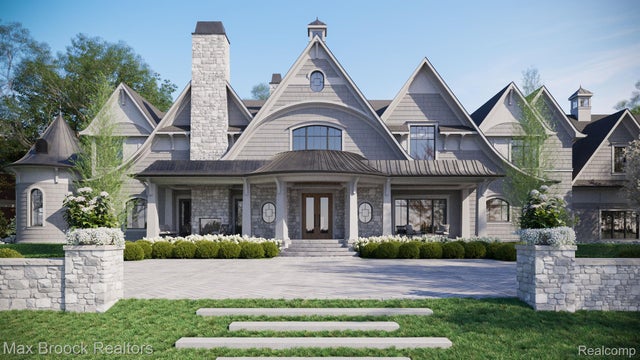
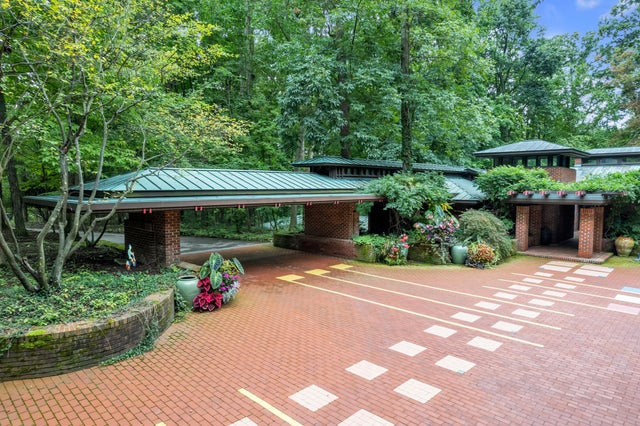
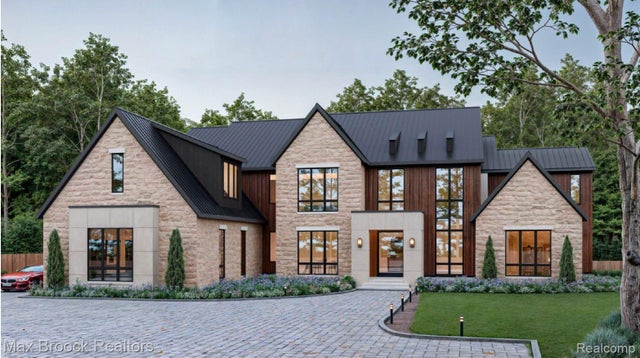
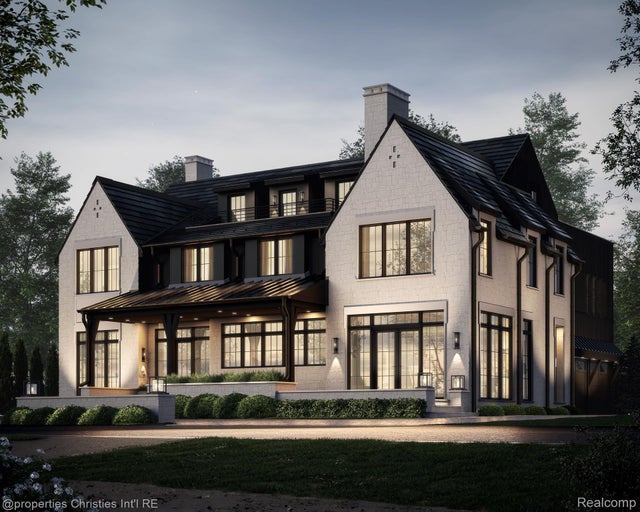
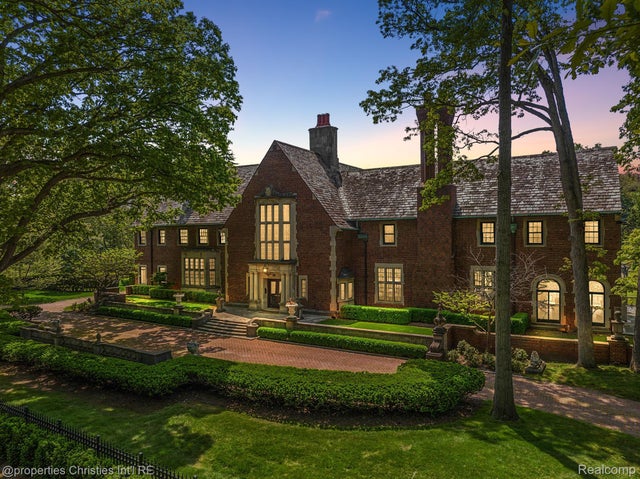
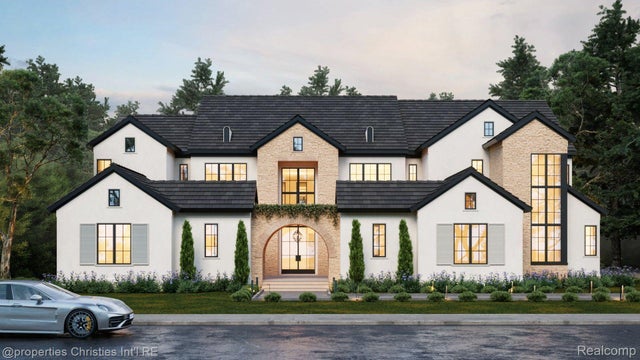
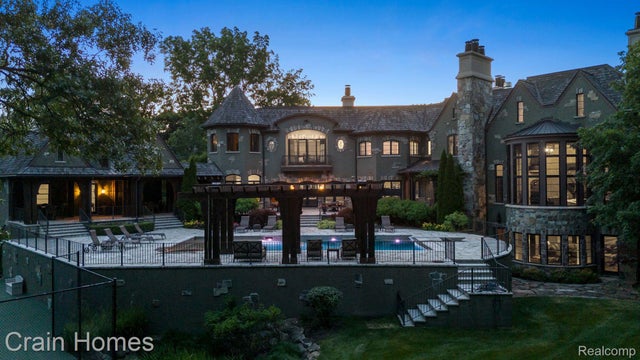
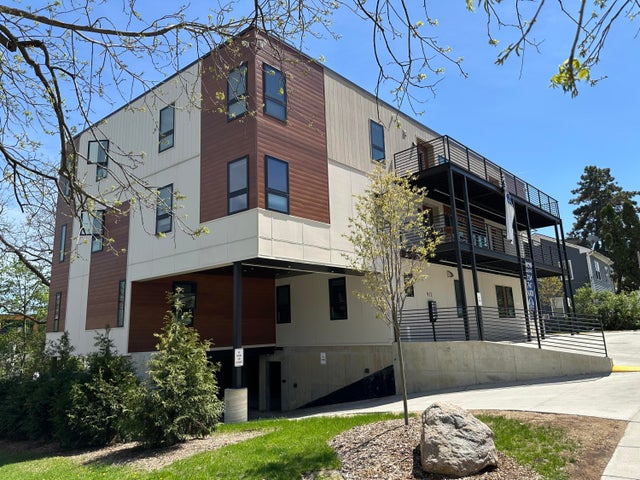
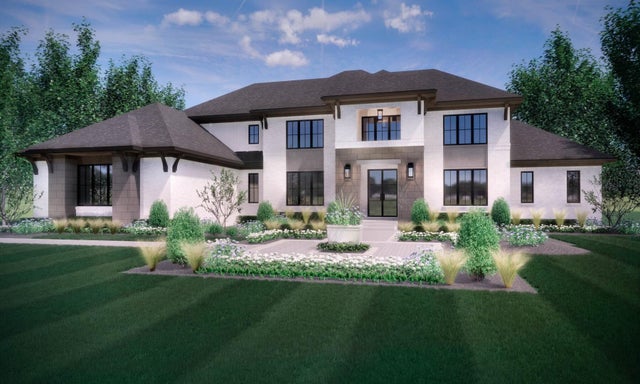
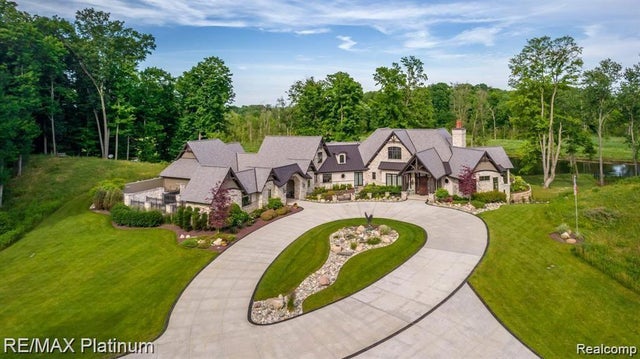
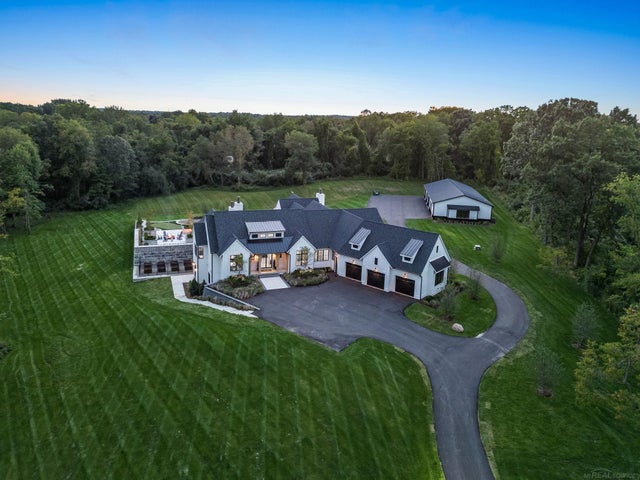
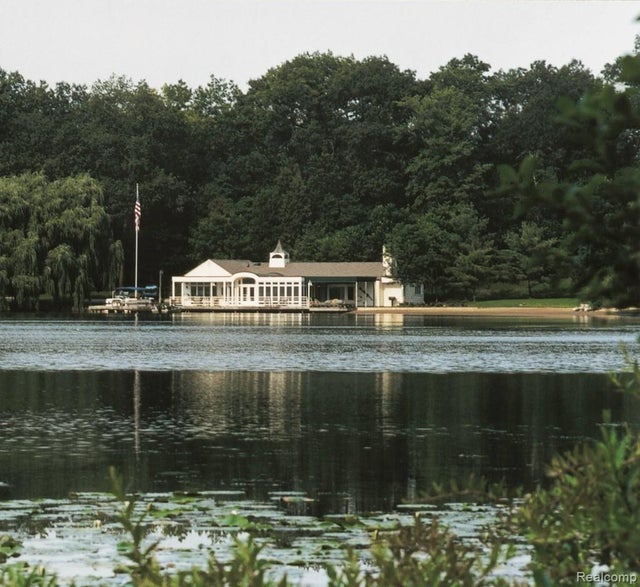
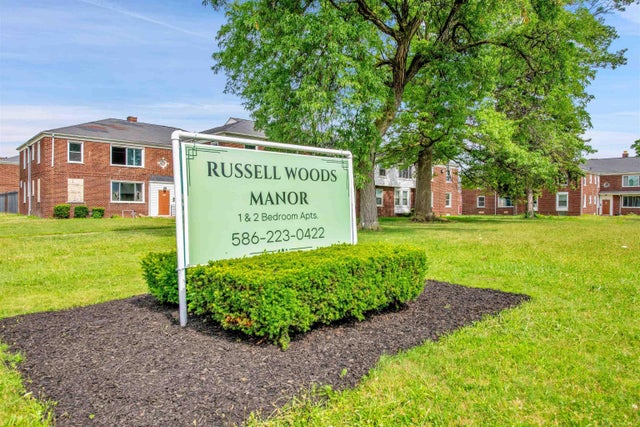
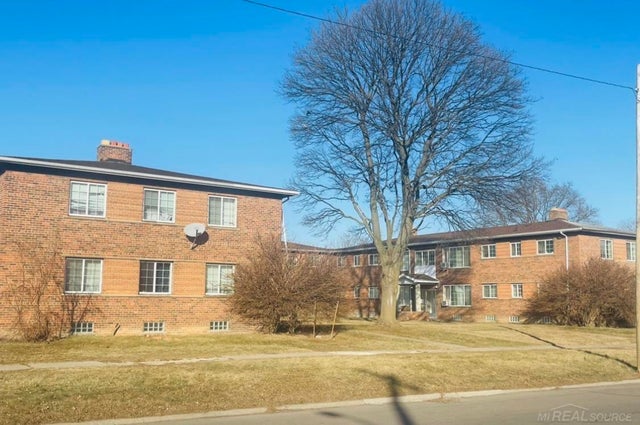
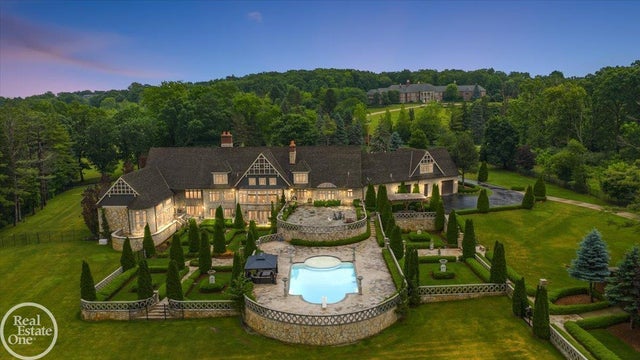
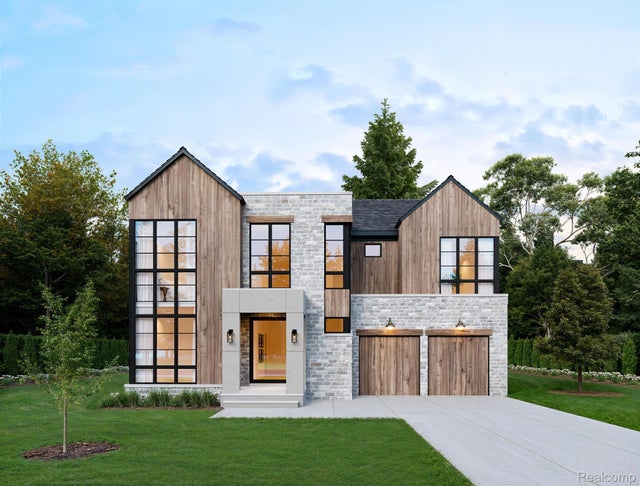
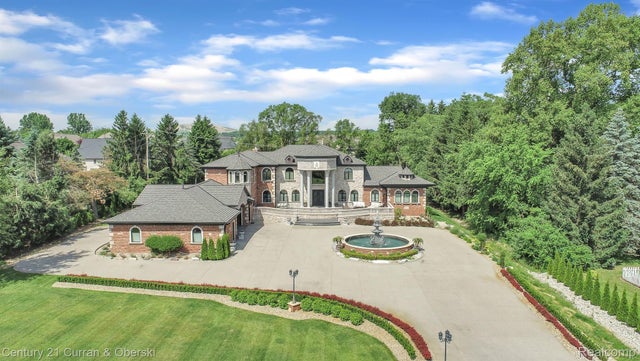
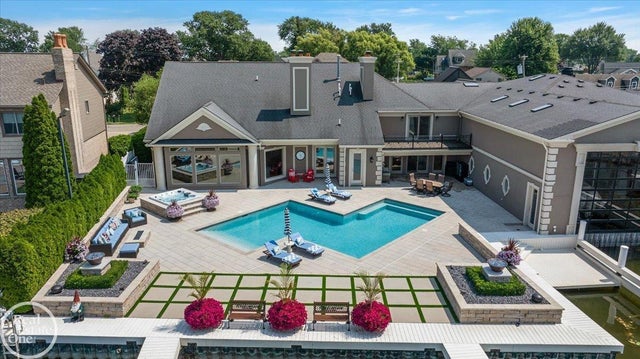
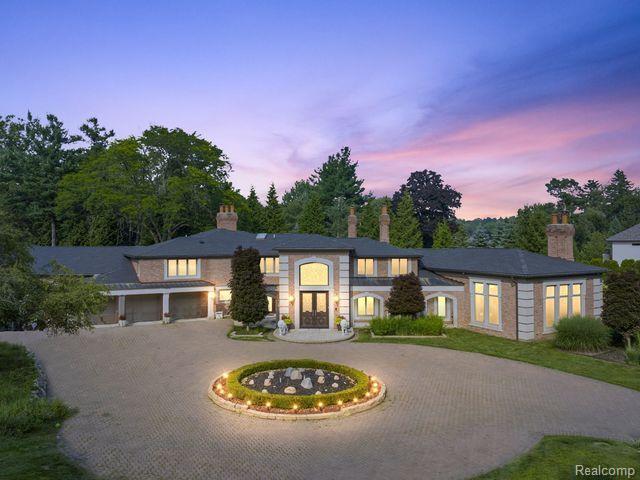
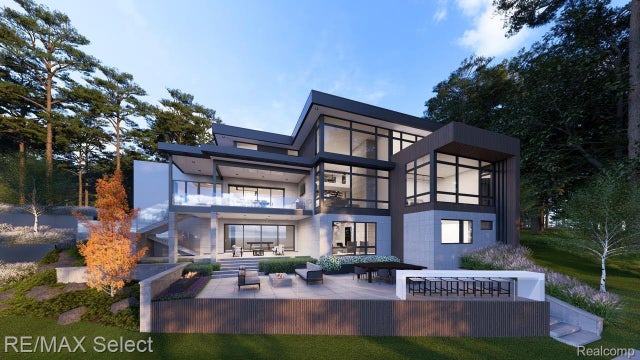
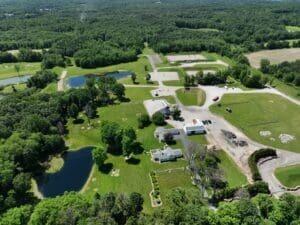
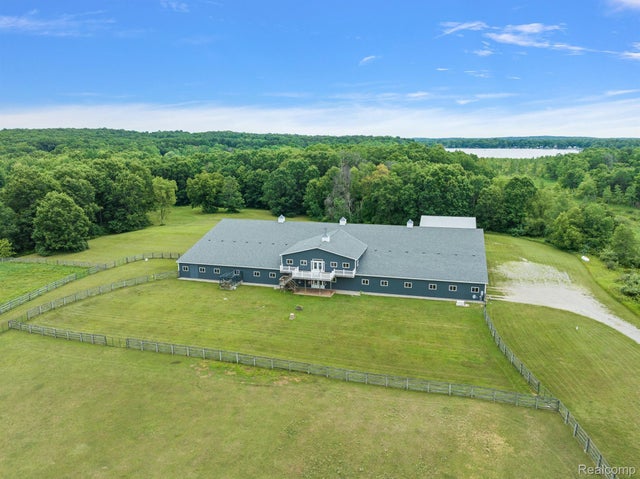
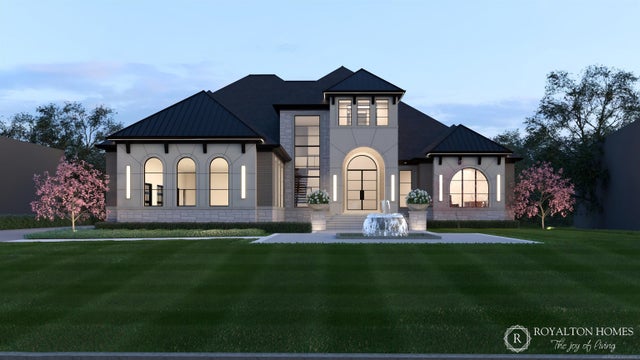
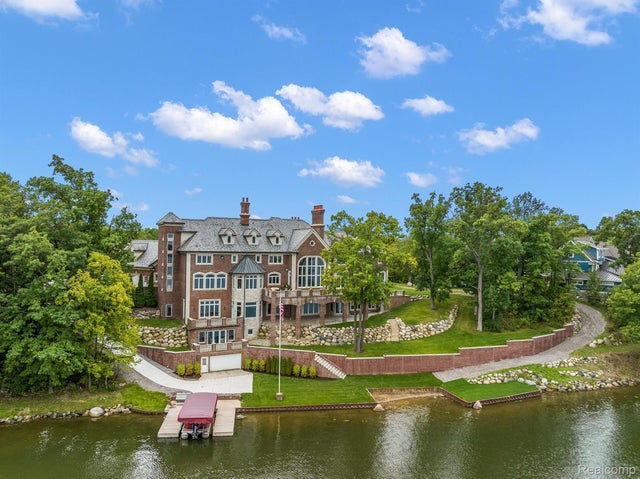
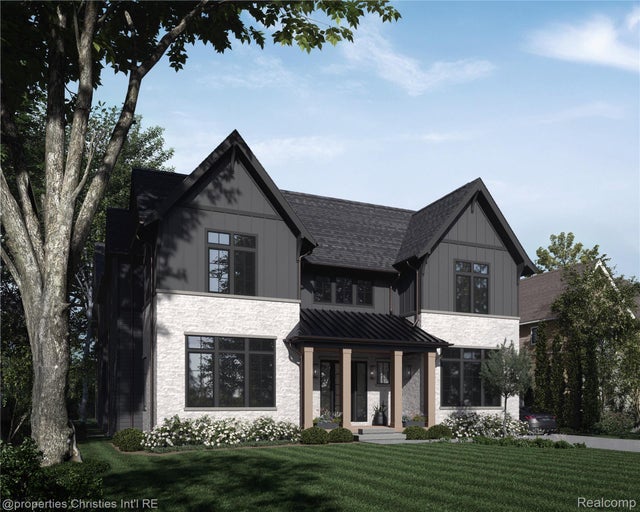
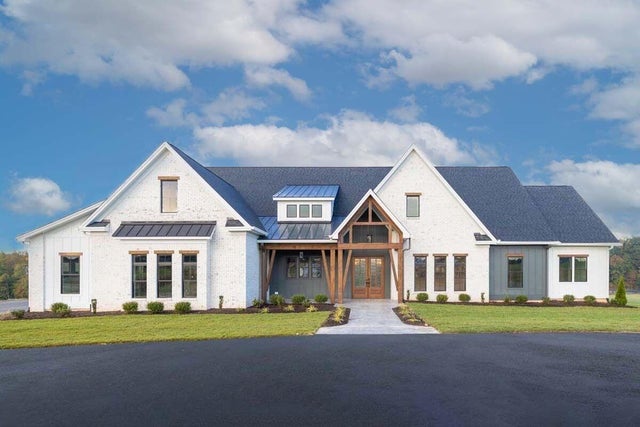
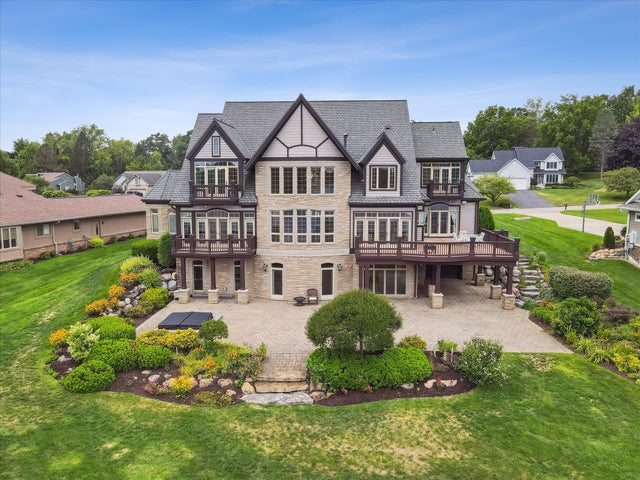
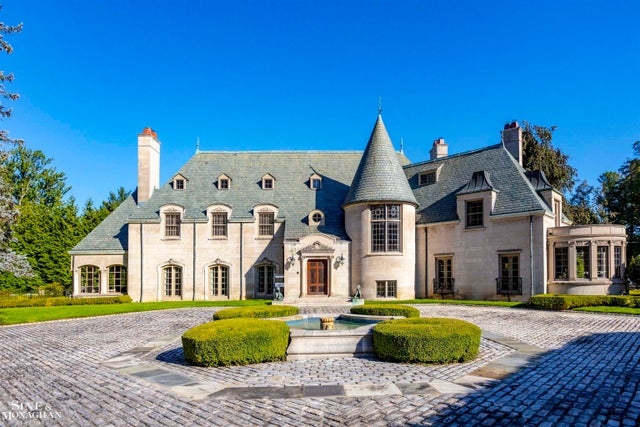
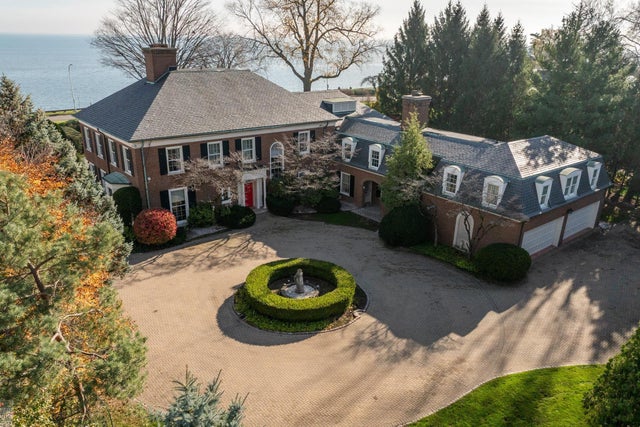
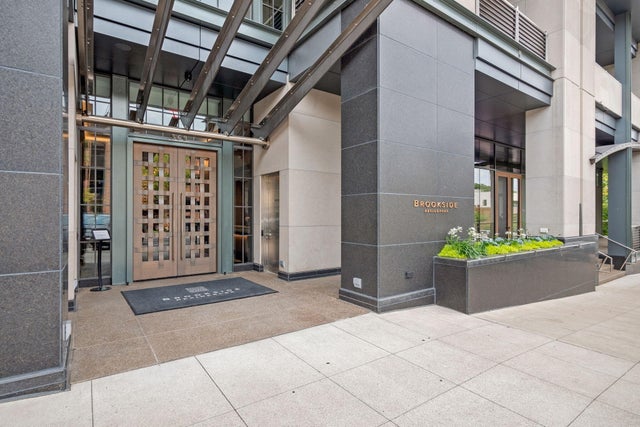
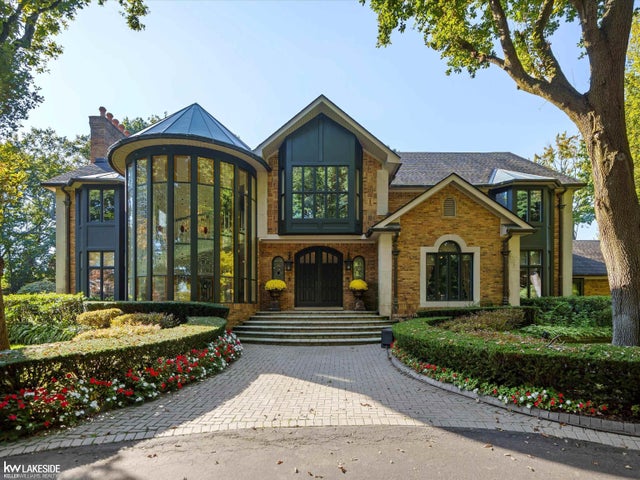
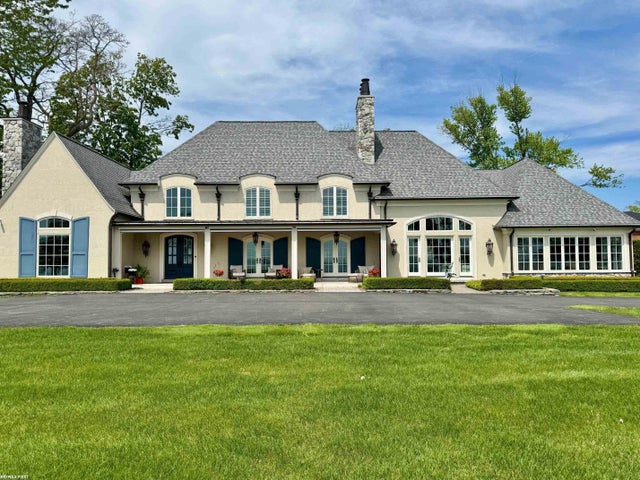
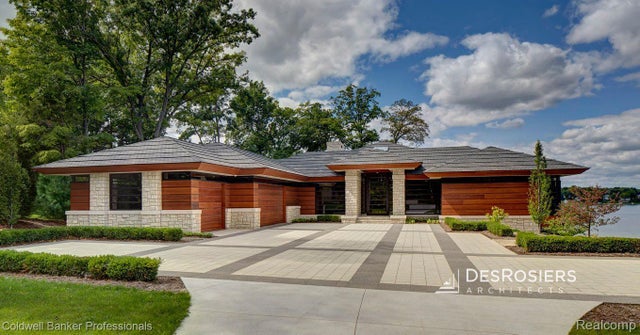
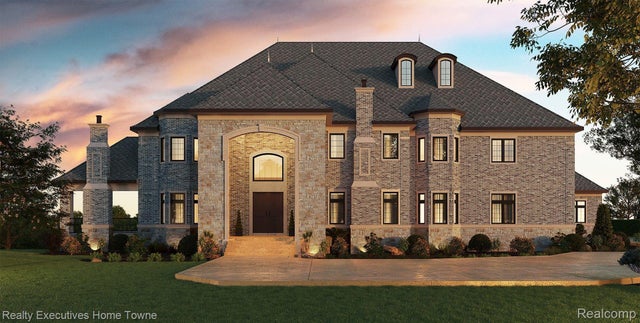
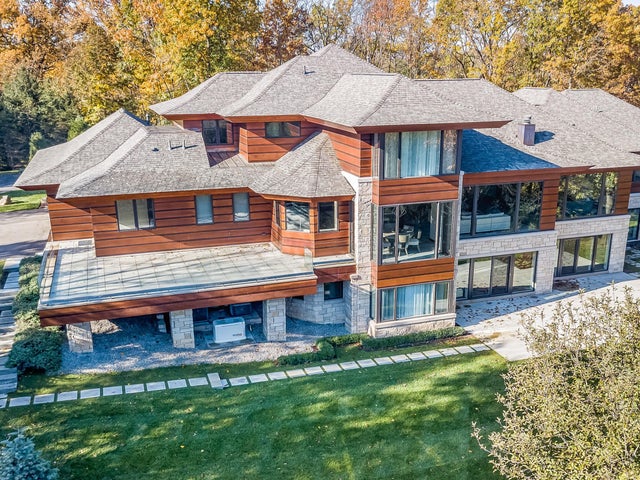
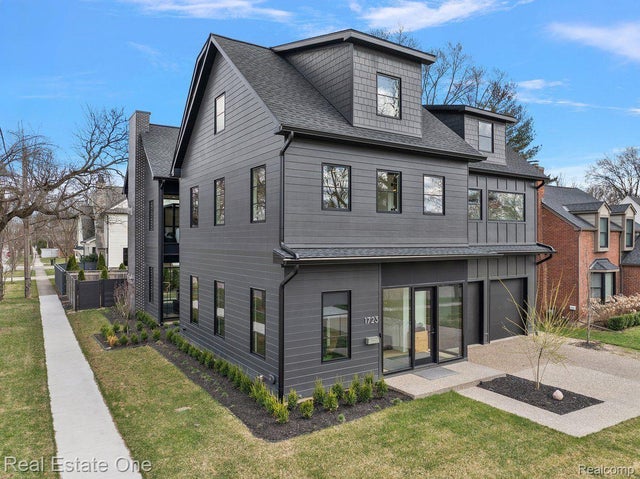
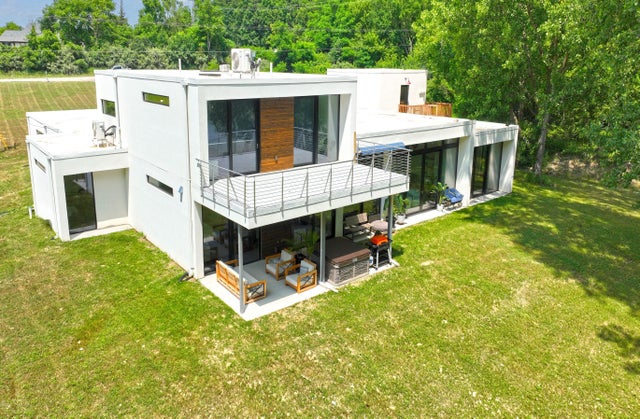
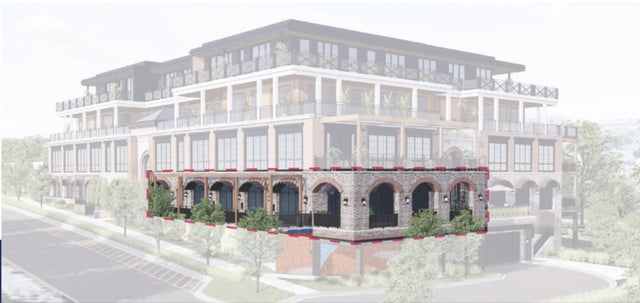
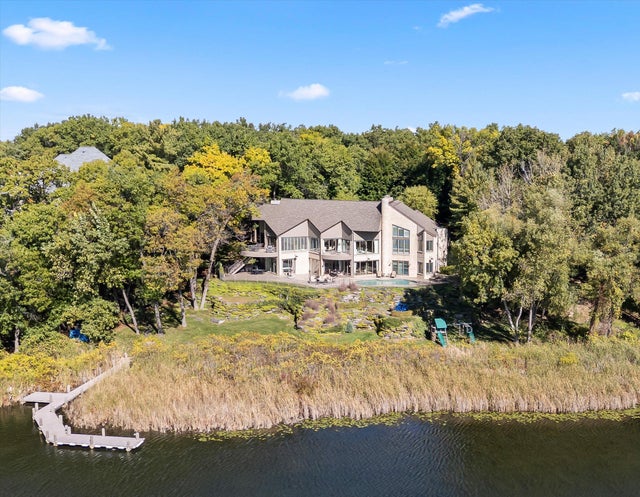
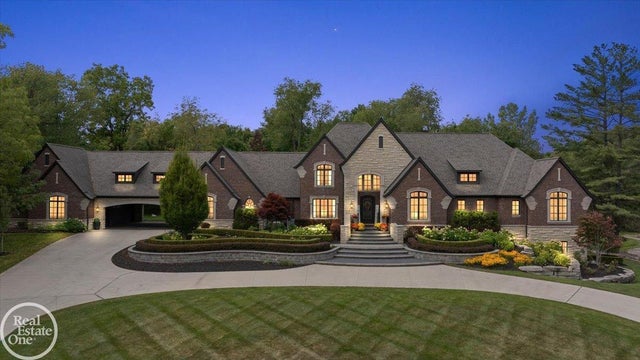
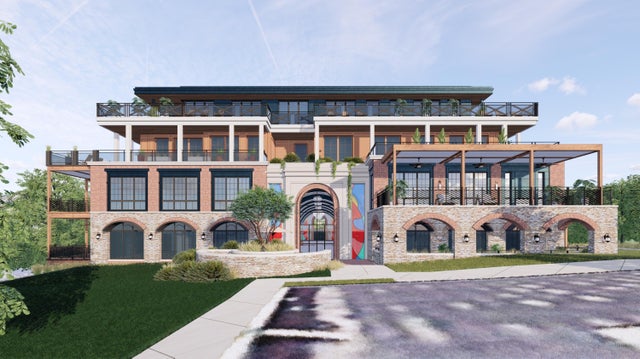
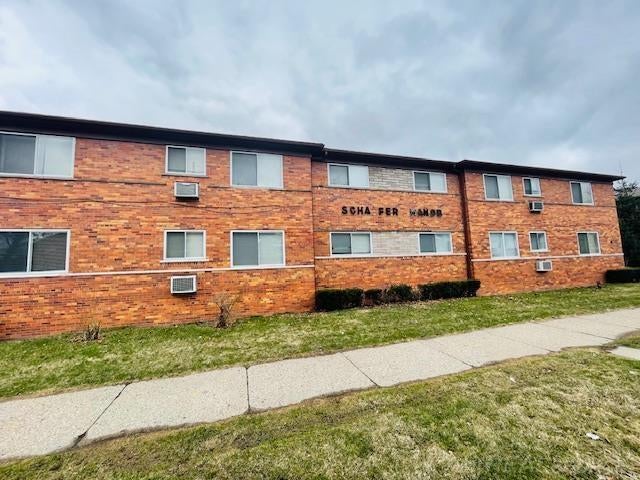
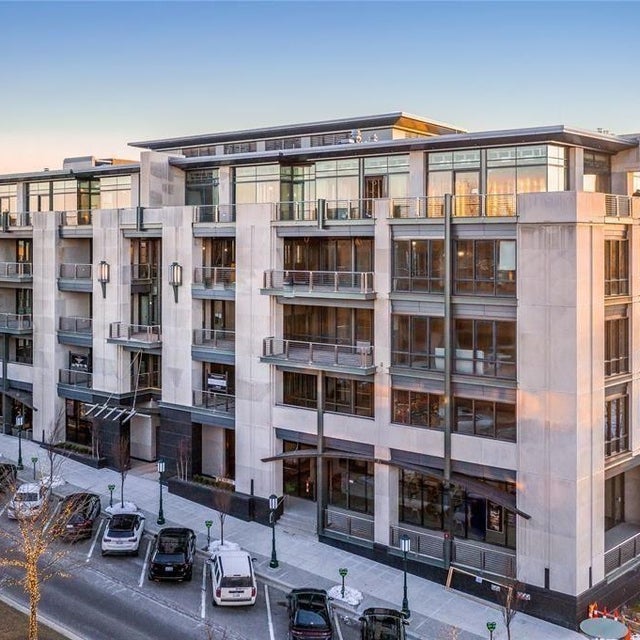
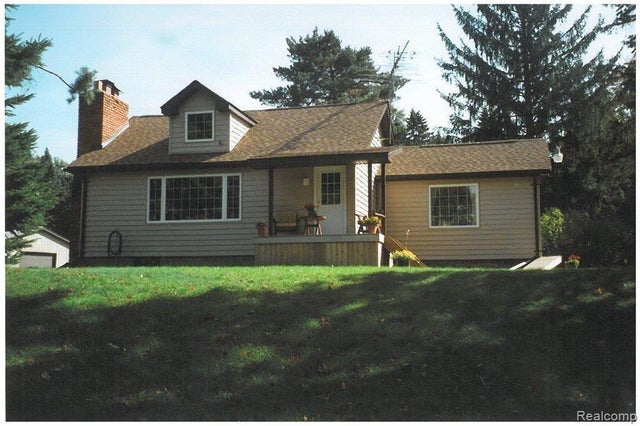
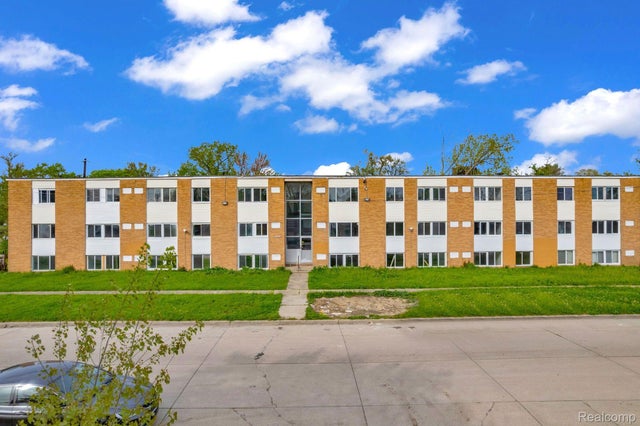
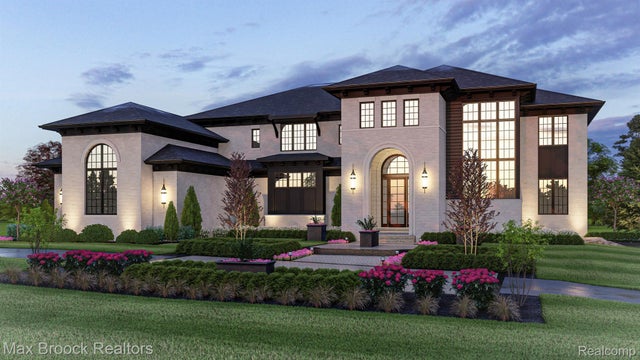
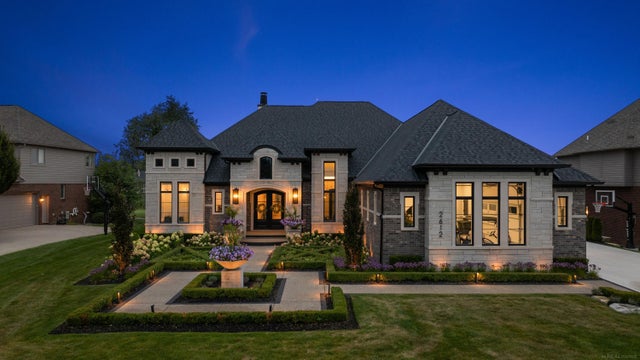
Leave A Comment